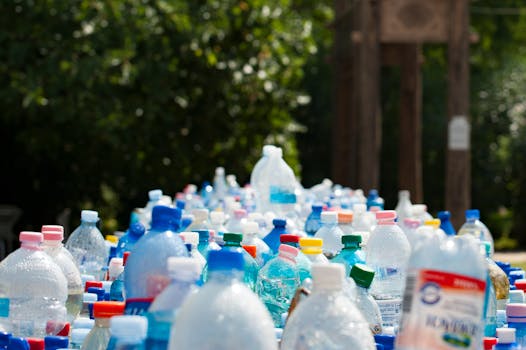
Sustainable Living: Emerging Trends for 2025
Sustainable Living is becoming increasingly important as we head into 2025. With the growing awareness of climate change and environmental issues, individuals and businesses are looking for ways to reduce their impact on the planet. In this article, we will explore the emerging trends in sustainable living for 2025, from eco-friendly technologies to sustainable fashion and zero-waste lifestyles.
Introduction to Sustainable Living

Sustainable living refers to the practice of reducing our consumption of natural resources and minimizing our waste output. This can be achieved through a variety of methods, including reducing energy consumption, using public transport, and buying locally sourced products. As we head into 2025, sustainable living is becoming more important than ever, with many individuals and businesses making a conscious effort to reduce their environmental impact.
Eco-Friendly Technologies

One of the emerging trends in sustainable living for 2025 is the development of eco-friendly technologies. These technologies are designed to reduce our reliance on non-renewable energy sources and minimize our waste output. Some examples of eco-friendly technologies include solar panels, wind turbines, and energy-efficient appliances. These technologies are becoming increasingly affordable and accessible, making it easier for individuals and businesses to make the switch to sustainable energy sources.
Sustainable Fashion

Sustainable fashion is another emerging trend in sustainable living for 2025. With the fashion industry being one of the largest polluters in the world, there is a growing need for sustainable fashion practices. This can include buying second-hand clothing, choosing sustainable fabrics, and avoiding fast fashion. Many fashion brands are now incorporating sustainable practices into their designs, making it easier for consumers to make eco-friendly choices.
Zero-Waste Lifestyles

Zero-waste lifestyles are also becoming increasingly popular as we head into 2025. This involves reducing our waste output to almost zero, through methods such as composting, recycling, and avoiding single-use plastics. Many individuals and businesses are now adopting zero-waste lifestyles, and there are many resources available to help make the transition easier.
Conclusion

In conclusion, sustainable living is becoming increasingly important as we head into 2025. With the emerging trends in eco-friendly technologies, sustainable fashion, and zero-waste lifestyles, there are many ways for individuals and businesses to reduce their environmental impact. By making a few simple changes to our daily habits, we can make a significant difference in the health of our planet.





